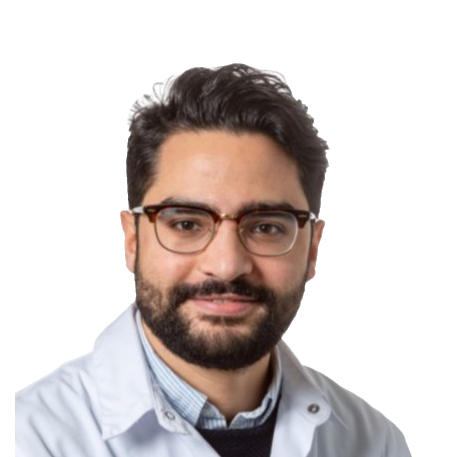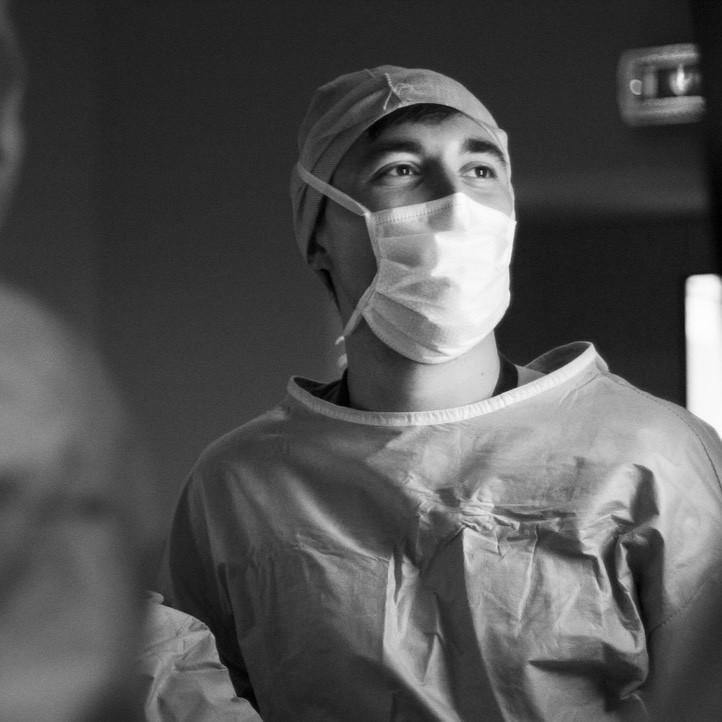⏳ Decreased time of surgery
0
%
🩸 Reduced blood loss
up to
0
%
⚡ Reduced surgical complications
0
%
🎯 Improved tumor localization
0
%
📉 Lower reoperation rates
0
%
💡 Enhanced surgical precision
0
%
SOLO - ESSENTIALS
Designed for individuals practitioners
€
299
00
Monthly -
up to 2x analysis monthly
-
Direct support from our Radiologists
-
Maximum 4 working days
Click Here
Cancelation any time without charge
Popular
TEAM - Advanced
Designed for hospital departments and surgical teams
€
999
00
Monthly -
up to 10x analysis monthly
-
Direct support from our Radiologists
-
Maximum 4 working days
Click Here
Cancelation any time without charge
Popular
Enterprise - Ultimate
Designed for Large-scale implementation
€
3499
00
Monthly -
Unlimited analysis
-
Direct support from our Radiologists
-
Access to emergency treat - 24h
Click Here
Cencelation without charge
Popular
Surgiprint's 3D liver reconstruction services have been a game-changer for our surgical team. Their technology provides unparalleled clarity and simplicity, helping us identify critical anatomy and plan liver resections with precision. Thanks to Surgiprint, we approach procedures with confidence, knowing we have the most accurate understanding of tumor-vessel proximity and surgical strategy, making them an invaluable partner in our quest for better patient outcomes.

As a young hepatobiliopancreatic surgeon, SurgiPrint allows me to achieve better surgical planning, which is essential for the smooth execution of any procedure. It serves as a valuable aid in developing a three-dimensional perspective—an aspect that is particularly challenging in solid organ surgery, where lesions are not always visible beneath the capsule. This tool enables a more confident approach to performing extreme hepatectomies.

In the modern era, 3D reconstruction has emerged as an invaluable tool, especially with the need for personalized medicine, it can permit surgery and interventions with grace and precision.
Concerning the HPB surgery: resection planning for the liver presents distinct challenges due to its complex and individually diverse anatomy. This necessitates surgeons to possess a considerable amount of mental visualization ability to adequately plan interventions, a skill that requires years of training and proves challenging to impart. In addition the surgeon should preserve the functional remnant liver volume, and he has to respect the oncological radicality.
At the moment, 3D reconstruction is the prelude of augmented reality, a monumental aid for surgeons, a pivotal ally that bestows upon them invaluable assistance in navigating the complex terrain of liver anatomy.
